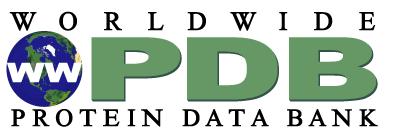Molecule of the Month: Calcium Pump
Atomic structures have captured the calcium pump in action

Relaxation
Pumping Calcium

The Pumping Cycle
Exploring the Structure
Calcium Pump in Action

The calcium transfer site is surrounded by four internal alpha helices (white) that form a tunnel through the membrane. In the structure shown at left (PDB ID 1su4), the two calcium ions (blue) are held by a constellation of amino acids, ready to be pumped across the membrane. Without these ions, the calcium pump is less stable, and calcium-free structures have been difficult to determine. We can see the structure of the calcium-free state (PDB ID 1iwo) with the help of an inhibitor (yellow) that freezes the calcium pump in place.
Select the JSmol tab to explore these structures in an interactive view.
This JSmol was designed and illustrated by Ryan Nini.
Related PDB-101 Resources
- Browse Cellular Signaling
- Browse You and Your Health
- Browse Drugs and the Brain
- Browse Peak Performance
References
- A. G. Lee and J. M. East (2001) What the structure of a calcium pump tells us about its mechanism. Biochemical Journal 356, 665-683.
- D. H. MacLennan, W. J. Rice and N. M. Green (1997) The mechanism of Ca2+ transport by sarco(endo)plasmic reticulum Ca2+-ATPases. Journal of Biological Chemistry 272, 28815-28818.
March 2004, David Goodsell
http://doi.org/10.2210/rcsb_pdb/mom_2004_3


